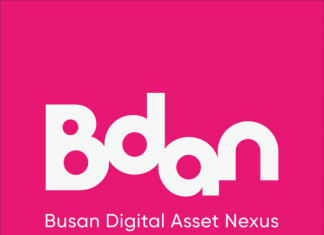
The landscape of digital currencies is undergoing a significant shift. South Korea’s central bank, the Bank of Korea (BOK), has suspended its second-phase pilot program for a central bank digital currency (CBDC), while privately issued won-based stablecoins are rapidly emerging as viable alternatives. The first phase of the CBDC pilot included participation from seven commercial banks and 100,000 consumers who tested online and offline payments using deposit tokens. However, the second phase has been put on hold due to a lack of a clear roadmap, difficulty onboarding merchants, and cost-related concerns.
In contrast, the private sector is moving swiftly. Fintech companies such as Naver Pay and several banks have filed trademarks related to stablecoins and are building the infrastructure to support them. Collaborations with crypto exchanges like Upbit are also being explored, signaling that privately issued digital won could become a practical reality sooner than expected.
Meanwhile, the BOK and the Bank for International Settlements (BIS) have raised concerns about four key risks posed by stablecoins: coin runs (mass withdrawals), capital outflows, criminal abuse such as money laundering, and damage to public trust in currency. These institutions stress the importance of implementing robust policy safeguards and regulatory frameworks before any wide-scale adoption.
International trends are also diverging. The United States has taken a cautious approach toward CBDCs, instead prioritizing dollar-backed stablecoins issued by the private sector. On the other hand, the Bank of England has urged commercial banks to refrain from issuing their own stablecoins. In contrast, the European Union, China, and India continue to advance their own CBDC projects. Observers warn that the U.S.’s delay in CBDC development could ultimately impact global leadership in digital currencies.






